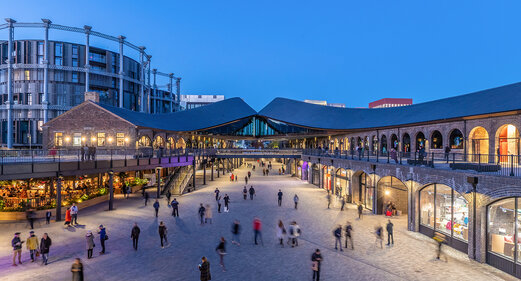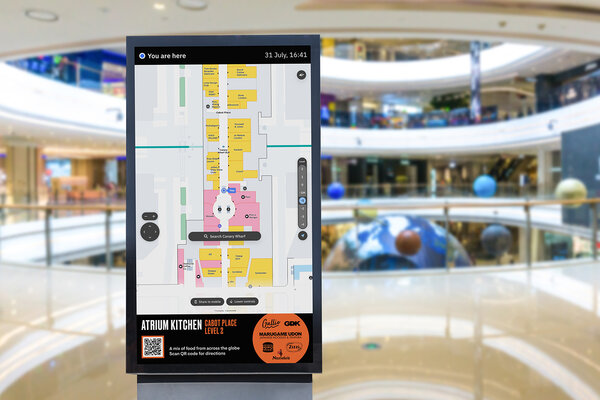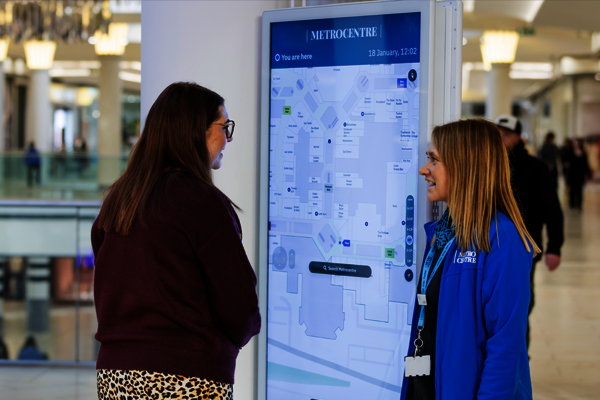How Lima Airport is putting passenger experiences first using digital wayfinding

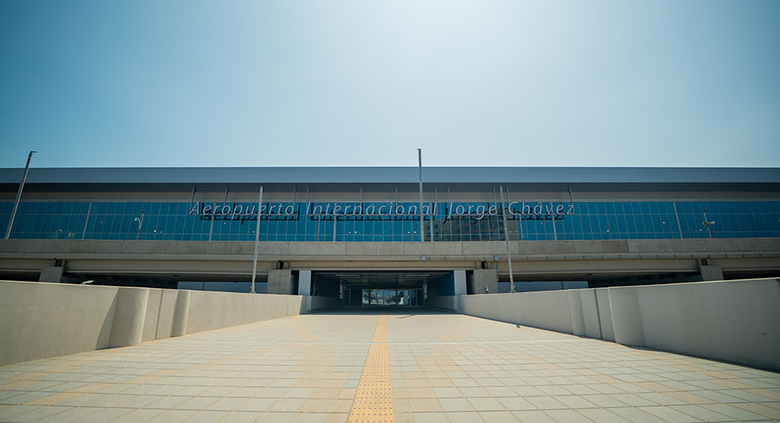
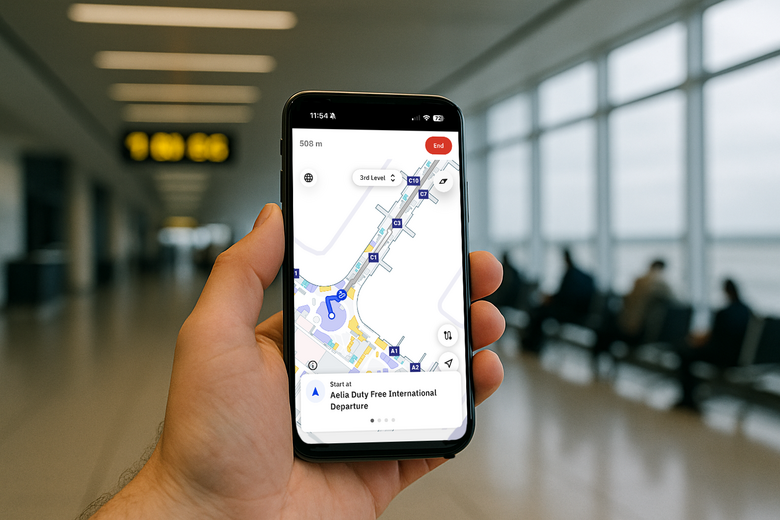
Problem
Lima has a new terminal, three times bigger than the previous. Since it's a new airport, passengers aren't familiar with the interior and therefore don't know how to get to their gates or find shops or services. Furthermore, being three times larger, passengers need a tool that allows them to get around easily, helping to eliminate stress and anxiety from their travel experience.
Goal
With 24.5 million passengers in 2024 and even higher numbers expected in 2025 with the launch of the new terminal, the airport recognised the need to improve navigation, reduce stress, and minimise missed connections by enhancing access to all airport services.
Approach
Lima Airport launched a digital wayfinding tool on its website to support pre-arrival planning and promoted its use through QR codes placed throughout the terminals. This made navigation easier, improved passenger flow, and reduced missed connections. The map is available in both English and Spanish, ensuring accessibility for all visitors. Additionally, location-based pop-up ads now encourage passengers to explore retail offers, boosting revenue for both the airport and its retailers.
Living Map Solution:
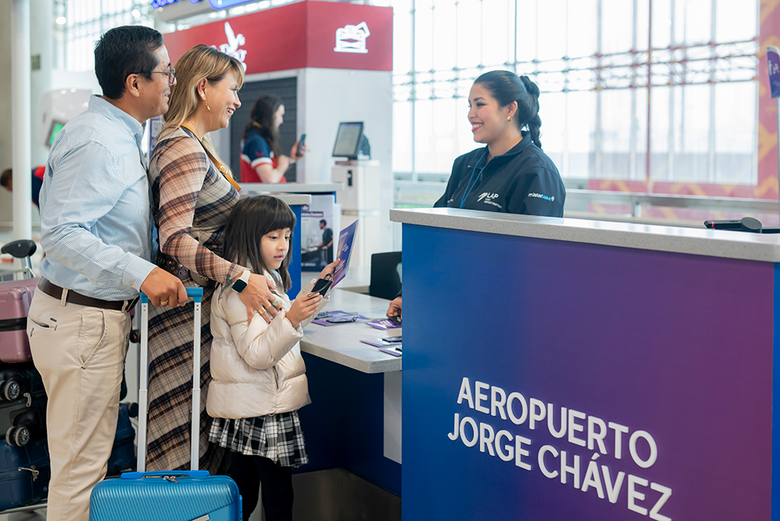
“After testing the technology in Lima Airport’s Terminal 1, we decided to implement it in the new terminal, confident it would be a valuable tool for our passengers.
Now, a few months since opening, we’ve received extraordinary feedback from users and will begin using the platform’s campaign publicity functionality.”
Javier Cabanillas, Digitalisation Product Manager, Lima Airport.
Improved Passenger Experience
Passengers can move through the airport with ease using the interactive map to locate terminals, amenities, check-in desks, and gates. The map reduces confusion and travel-related stress, helping people feel confident and in control while enhancing their overall airport experience.
Increased Revenue
Location-based pop-up ads guide passengers to nearby restaurants, cafés, shops, and bars. This improves convenience for travellers while increasing footfall and driving additional revenue for airport retailers.
Inclusivity and Accessibility
The map is designed to support all passengers by highlighting step-free routes, elevators, accessible restrooms, and other key services. It is available in Spanish and English to support a diverse range of visitors, making it easy for everyone to find their way independently.
Data-Driven Insights
Usage data collected through the map provides valuable insights into how passengers move through the airport. This information helps teams make smarter decisions about staffing, facility layout, and retail placement to improve efficiency and passenger flow.
Smart Spaces case studies
Waltham Forest Case Study
A customised digital map to improve accessibility for all with content curated by Waltham Forest’s council, for digital distribution
Kings Cross Case Study
King’s Cross, renowned for its diverse mix of shops, cafes, bars and restaurants nestled within its cobbled streets and brick arches, aimed to optimise visitor exploration.
City of Edmonton Case Study
Seeking to capture the dynamic and changing character of the city, Edmonton requested a digital map for residents and visitors that highlights the changing seasons.
Latest Smart Spaces news and resources
Request a demo
Experience the power of our mapping, wayfinding, and navigation technology for yourself. See how our software can enhance the customer experience in your facility.



